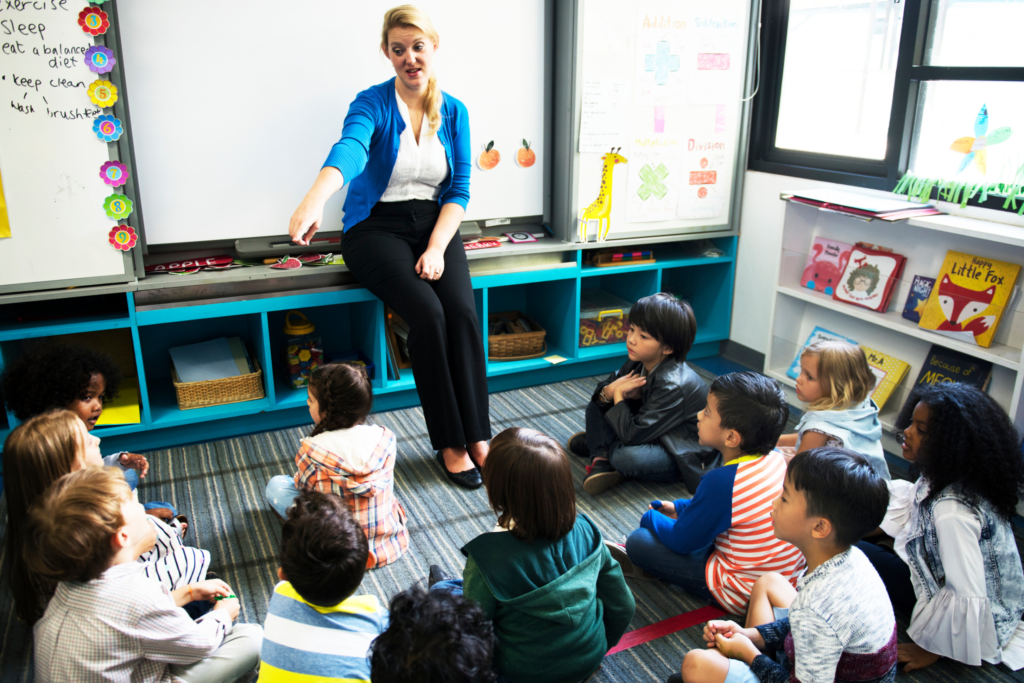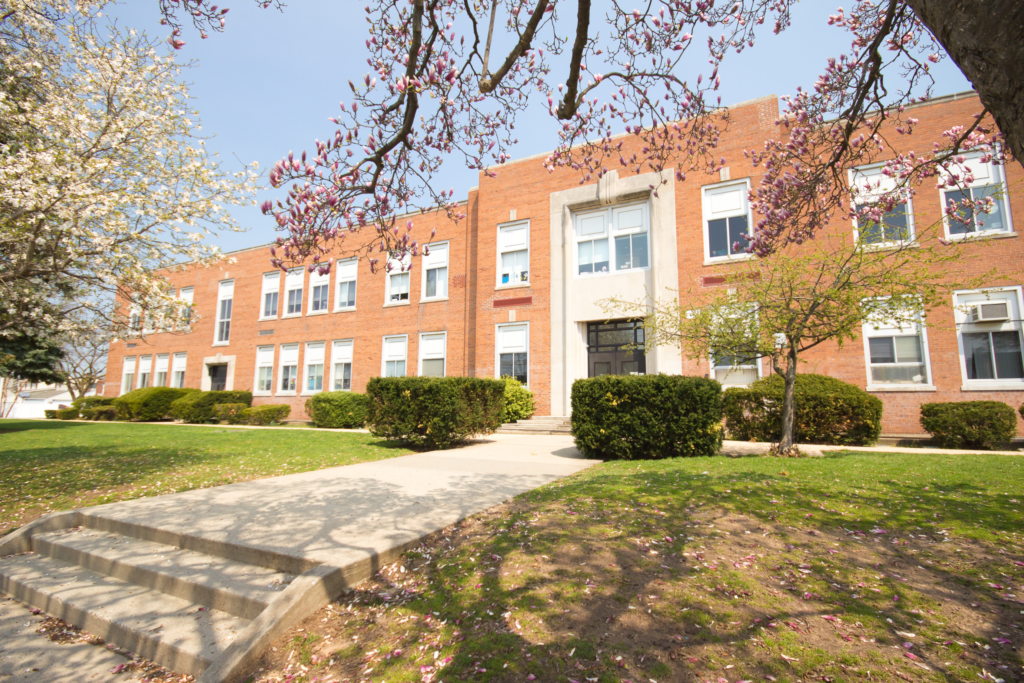There is no one-size-fits-all answer to the question of whether public or private schools are better for teachers. It depends on your personal preferences and goals as a teacher.
Some people prefer the stability of working in a public school system, while others enjoy the freedom and flexibility of teaching in a private school. There are pros and cons to both options, so it is important to make an informed decision before deciding which route is right for you.
What are the differences between public and private schools?
The most obvious difference between public and private schools is the funding. Public schools are funded by taxpayers, while private schools are also funded by tuition and donations. This can impact the quality of education in each type of school.

Resources
In general, public schools have more resources than private schools, but this is not always the case. Really, public schools can be more predictable in their resourcing, while each private school is unique in how they are funded and how much funding they receive.
Curriculum
Another difference between public and private schools is the curriculum. Public schools must adhere to state standards, while private schools have more freedom when it comes to designing their curriculum. This is of course flexible; there are public schools that offer the Australian Curriculum or the International Baccalaureate for example, and most private schools stick to the same curriculum taught in local public schools with a few alterations.
One of the significant curriculum differences between private and public schools is of course that there are a number of private schools that incorporate their religious beliefs into their curricula.
Class sizes

Private schools also tend to have smaller class sizes, which can be beneficial for both teachers and students. While this is not always the case, private schools are often able to be more flexible in this manner, as well as more selective in how many students they enrol each year.
Pros and cons of teaching in public schools
There are several pros to teaching in public schools. One of the biggest advantages is job security. Public school teacher positions are often more stable than private school teacher positions. They are less likely to fluctuate unpredictably, and public schools are typically more heavily unionised. This can be a big benefit if you are looking for a long-term teaching career.
Another advantage of public schools is that they typically offer more support and resources to teachers. This includes things like professional development opportunities, access to technology, and teacher mentorship programs. Public schools are more likely to be able to provide this support for their teachers as they are part of a much larger network; it is up to the Education Department to set and ensure that this standard is met as opposed to it being up to individual schools.
However, there are also some disadvantages to teaching in public schools. One of the biggest challenges is working with a diverse group of students. In public schools, you will often have students from a wide range of backgrounds and abilities. This can be both rewarding and challenging as a teacher, and it adds complexity to your role as a teacher.

Another potential disadvantage is that public school teachers often have larger class sizes. While there is research to suggest that class sizes do not make a significant difference to the academic outcomes of students,1 it can make it more difficult to give each student the individual attention they need. The real risk with larger class sizes is that it increases teacher workload, and increasing a teacher’s class size outside of their control can lead to burnout.2
Pros and cons of teaching in private schools
Private schools offer both advantages and disadvantages to teachers. One of the biggest advantages is that private schools typically have smaller class sizes. This can be beneficial for both teacher and students, as it allows for more individualized attention and greater teacher well-being.
Private schools are often believed to have a more rigorous curriculum, which can be challenging and rewarding for teachers. Again, this depends greatly on which school you actually teach at, but when parents are paying more for their children’s education they will demand a higher standard.
However, there are also some disadvantages to teaching in private schools. One of the biggest challenges is that private school teacher positions are often less stable than public school teacher positions. This can be a big concern if you are looking for a long-term teaching career. Another disadvantage of private schools is that they often have less resources and support than public schools. This can include things like professional development opportunities, access to technology, and teacher mentorship programs.

are all very different.
These paying parents who demand a higher standard of education for their children will also demand a higher standard from you. Depending on the school and situation, you may find unreasonable demands being placed on you to keep the parents happy as these schools rely on them paying their school fees.
How to decide which option is best for you
The best way to decide whether public or private schools are better for you is to consider your individual needs and preferences. If you are looking for a long-term teaching career with job security, public schools may be the best option. If you are interested in working with a more diverse group of students, public schools may also be a good fit.
However, if you are looking for smaller class sizes and a more rigorous curriculum, private schools could be the better option. Ultimately, the decision of whether to teach in public or private schools comes down to what you are looking for in a teaching career. Consider your needs and preferences, and make the decision that is best for you!
Do you have experience teaching in public or private schools? Have you experienced any pros or cons that were not included in this article? Share your thoughts in the comments below!
References:
1Filges, T., Sonne‐Schmidt, C. S., & Nielsen, B. C. V. (2018). Small class sizes for improving student achievement in primary and secondary schools: a systematic review. Campbell Systematic Reviews, 14(1), 1-107.
2Salmela-Aro, K., Hietajärvi, L., & Lonka, K. (2019). Work burnout and engagement profiles among teachers. Frontiers in psychology, 10, 2254.
